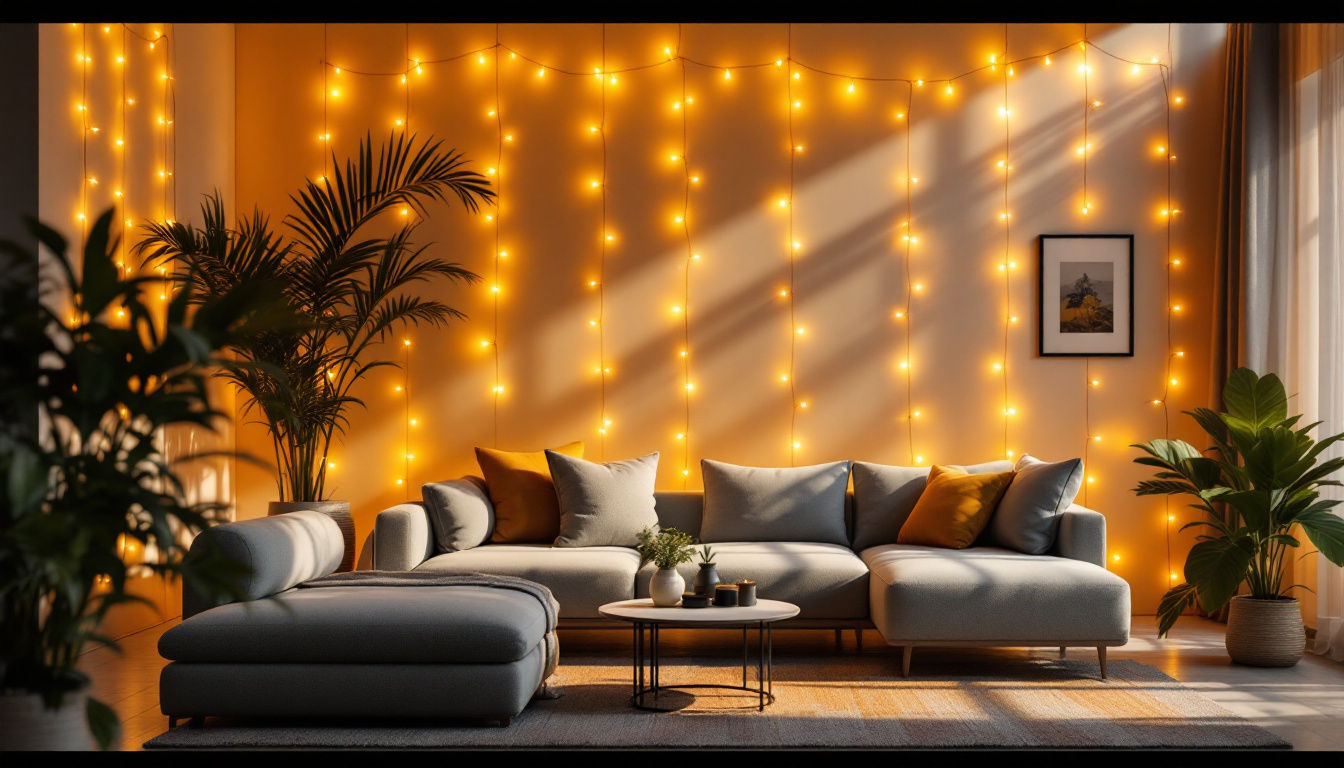
Lighting plays a crucial role in both residential and commercial spaces, enhancing aesthetics, functionality, and ambiance. Among the myriad of lighting solutions available, tape light stands out as a versatile and often overlooked option. This article explores the significance of tape light in various lighting projects, its benefits, and how it can be the missing piece in achieving a well-lit environment.
Tape light, also known as LED strip lighting, consists of flexible circuit boards populated with light-emitting diodes (LEDs). These strips are typically adhesive-backed, allowing for easy installation on a variety of surfaces. Available in various colors, brightness levels, and lengths, tape lights can be customized to suit different applications, making them an ideal choice for many lighting projects. The low-profile design of tape lights allows them to fit into tight spaces, providing illumination without taking up valuable room or obstructing views.
There are several types of tape lights available, each catering to specific needs and preferences. The most common types include:
Tape lights are incredibly versatile and can be used in numerous applications, including:
Additionally, tape lights are often employed in commercial settings, such as retail stores and restaurants, where they can be used to attract attention to products or create inviting atmospheres. Their flexibility allows them to be installed in creative ways, such as along shelves, in display cases, or even integrated into furniture designs. With advancements in technology, some tape lights now come with smart capabilities, enabling users to control them through voice commands or automation systems, further enhancing their functionality and appeal.
Incorporating tape light into lighting projects offers numerous advantages that can elevate the overall design and functionality of a space. Some of the key benefits include:
Tape lights are energy-efficient compared to traditional lighting options. LED technology consumes significantly less power while providing the same, if not better, illumination. This efficiency translates to lower energy bills and a reduced carbon footprint, making tape lights an environmentally friendly choice. Furthermore, the longevity of LED tape lights means that they require less frequent replacement, further contributing to sustainability by reducing waste and the demand for manufacturing new bulbs.
The flexibility of tape light allows it to be installed in various locations and configurations. Whether it’s a straight run along a wall or a complex design around corners, tape lights can adapt to the contours of any space. This versatility opens up a world of creative possibilities for lighting contractors and designers. Additionally, tape lights come in a variety of colors and brightness levels, enabling users to customize their lighting to match the mood or theme of a room, from warm, inviting tones for cozy spaces to bright, vibrant hues for modern, energetic environments.
One of the standout features of tape light is its ease of installation. The adhesive backing simplifies the process, allowing for quick application without the need for complex tools or fixtures. This can save valuable time on projects, enabling contractors to focus on other aspects of their work. Moreover, tape lights can be easily cut to length, allowing for precise fitting in any area, whether it’s under cabinets, along shelves, or within architectural features. This adaptability not only enhances the aesthetic appeal of a space but also makes it possible to achieve professional-quality results with minimal effort.
Another advantage of tape lights is their low heat emission. Unlike traditional incandescent bulbs, which can become hot to the touch and pose a burn risk, LED tape lights remain cool even after prolonged use. This characteristic not only enhances safety but also opens up new possibilities for installation in areas where heat-sensitive materials are present, such as behind artwork or within display cases. This feature allows designers to push the boundaries of creativity without compromising safety or functionality.
When selecting tape light for a project, several factors should be considered to ensure the best results. Understanding these elements can help lighting contractors make informed decisions that align with their clients’ needs.
The brightness of tape light is measured in lumens. It’s essential to choose a tape light that provides adequate illumination for the intended application. For example, under cabinet lighting may require a higher lumen output to ensure visibility, while accent lighting can be softer and more subtle.
Color temperature is another crucial consideration. Tape lights come in various color temperatures, typically measured in Kelvin (K). Warmer tones (around 2700K) create a cozy atmosphere, while cooler tones (above 4000K) offer a more modern and energetic feel. Selecting the appropriate color temperature can significantly impact the ambiance of a space.
Tape lights are available in various lengths and widths. When choosing tape light, consider the dimensions of the installation area. Longer runs may require additional connectors or power supplies, while wider strips can provide more light output. Ensuring the right fit will enhance both functionality and aesthetics.
Proper installation is key to maximizing the benefits of tape light. Here are some essential tips for contractors to consider when working with tape lights:
Before installing tape light, ensure that the surface is clean, dry, and free of dust or grease. This preparation will help the adhesive adhere better, ensuring a long-lasting installation. For surfaces that may be challenging for adhesive, consider using mounting clips or channels for added support.
Tape lights require a compatible power supply to function correctly. It’s crucial to choose a power supply that matches the voltage and wattage requirements of the tape light. Additionally, consider the placement of the power supply to ensure it is easily accessible for future maintenance or replacements.
Before permanently affixing tape light, it’s advisable to test the strips. Connect the tape light to the power supply and check for any issues such as flickering or dimming. This step can save time and effort in troubleshooting later on.
Even experienced contractors can make mistakes when working with tape light. Being aware of common pitfalls can help ensure a successful installation.
One of the most common mistakes is overloading circuits with too many tape lights. Each strip has a maximum wattage, and exceeding this limit can lead to overheating and potential fire hazards. Always calculate the total wattage of the tape lights being used and ensure it does not exceed the power supply’s capacity.
LEDs generate heat, and while tape lights are designed to handle this, it’s essential to consider heat dissipation in the installation. Avoid placing tape lights in enclosed spaces without ventilation, as this can lead to reduced lifespan and performance. Using aluminum channels can help dissipate heat and protect the LEDs.
Failing to plan the layout of tape lights can result in uneven lighting or awkward placements. Take the time to sketch out the intended design and consider how the lights will interact with the surrounding space. This planning will lead to a more cohesive and functional lighting scheme.
As the demand for creative lighting solutions grows, tape light continues to find innovative applications across various industries. Here are some unique ways tape light can be utilized:
Incorporating tape light into furniture design can create stunning visual effects. For instance, under-lighting shelves, cabinets, or even beds can add depth and intrigue to a room. This technique not only enhances the aesthetic appeal but also improves visibility for practical use.
With the right waterproofing and weatherproofing, tape lights can be used in outdoor settings. They can illuminate pathways, gardens, or patios, creating inviting spaces for outdoor gatherings. The ability to customize colors and effects adds a festive touch for special occasions.
Tape lights are also popular in event planning and retail displays. Their flexibility allows for creative installations that can be easily adapted to different themes or layouts. From trade shows to weddings, tape lights can enhance the atmosphere and draw attention to key features.
Tape light is undoubtedly a versatile and valuable addition to any lighting project. Its energy efficiency, flexibility, and ease of installation make it an attractive option for contractors looking to enhance their designs. By understanding the various types, applications, and installation tips, lighting professionals can unlock the full potential of tape light and create stunning environments that meet their clients’ needs.
As the lighting industry continues to evolve, embracing innovative solutions like tape light can set contractors apart in a competitive market. With the right approach, tape light can transform ordinary spaces into extraordinary experiences, proving that it is indeed the missing piece in many lighting projects.
Ready to elevate your lighting projects with the unmatched versatility of tape light? At LumenWholesale, we provide you with the highest quality, spec-grade lighting solutions at prices that can’t be beaten. Say goodbye to local distributor markups and hello to a vast selection of reliable, high-performance lighting that meets the strictest industry standards. Plus, with free shipping on bulk orders, you can stock up on premium lighting without worrying about hidden fees. Don’t compromise on quality or value — choose LumenWholesale for your next project and experience the best in lighting convenience and affordability. Wholesale Lighting at the Best Value is just a click away.
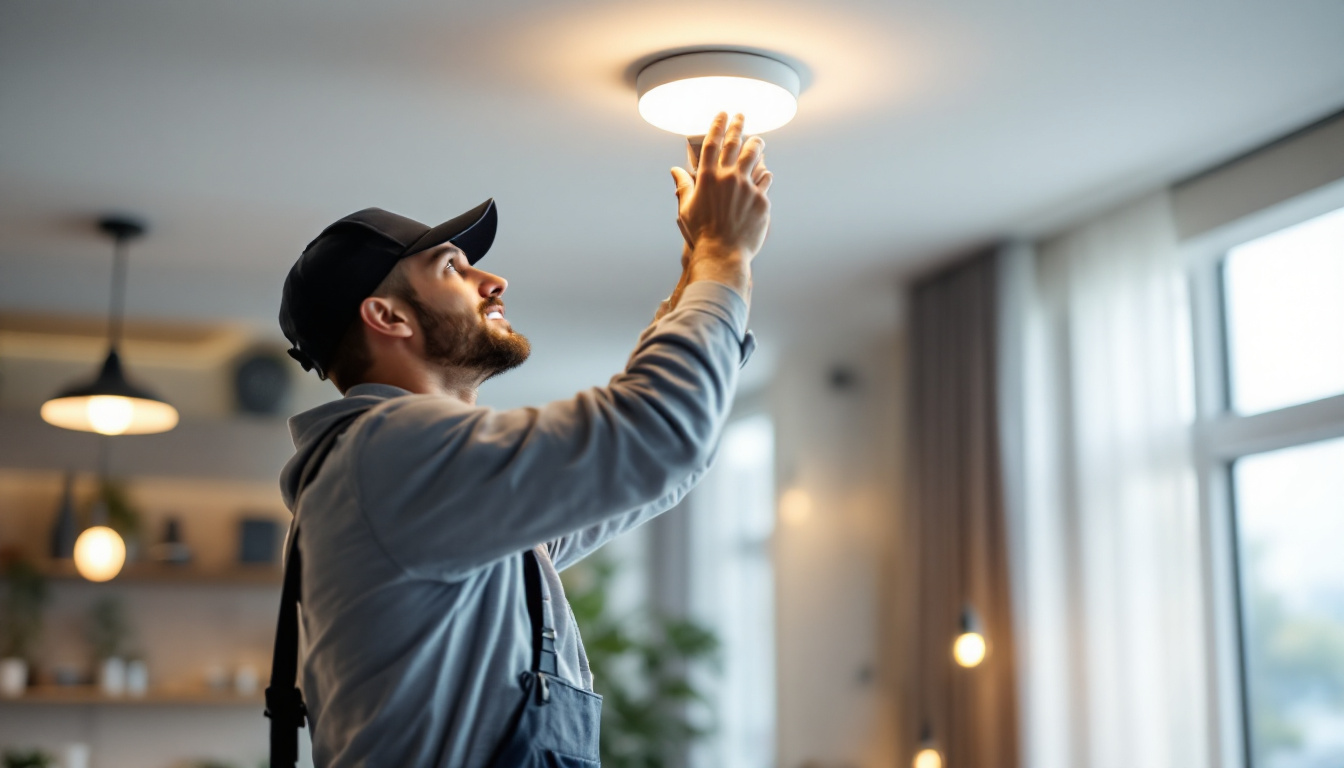
Discover the key factors that distinguish top lighting contractors when it comes to installing LED ceiling light bulbs.
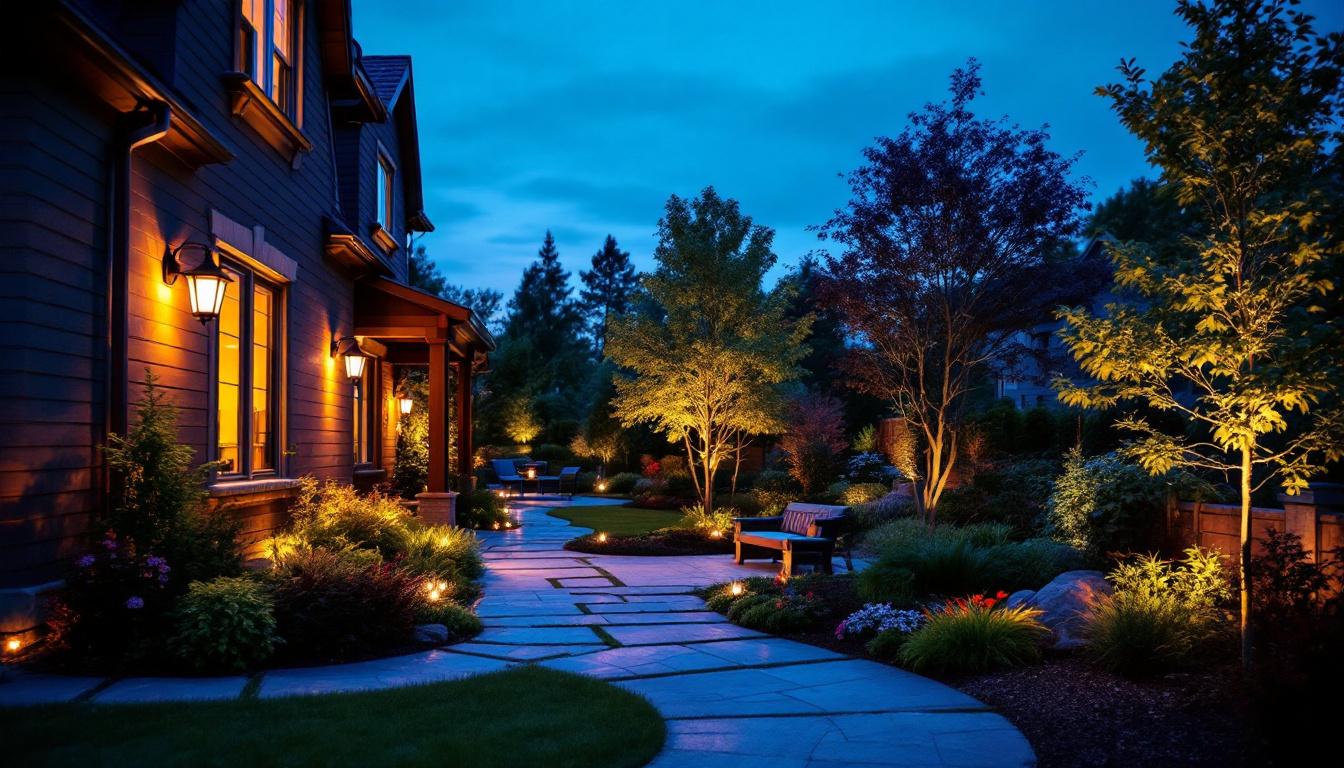
Discover why outdoor lighting is a crucial element for lighting contractors in transforming backyards into enchanting, functional spaces.
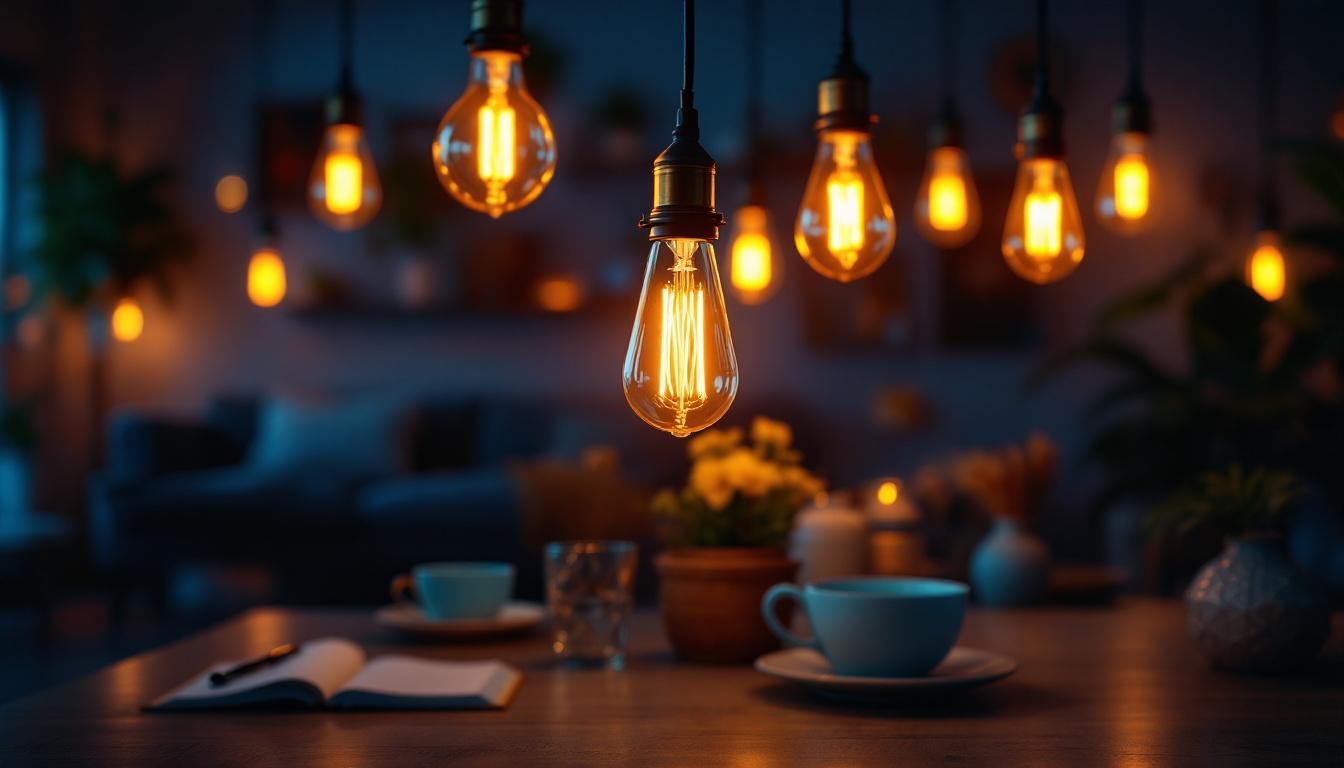
Discover how vintage style LED light bulbs enhance modern lighting with timeless charm, energy efficiency, and durability.
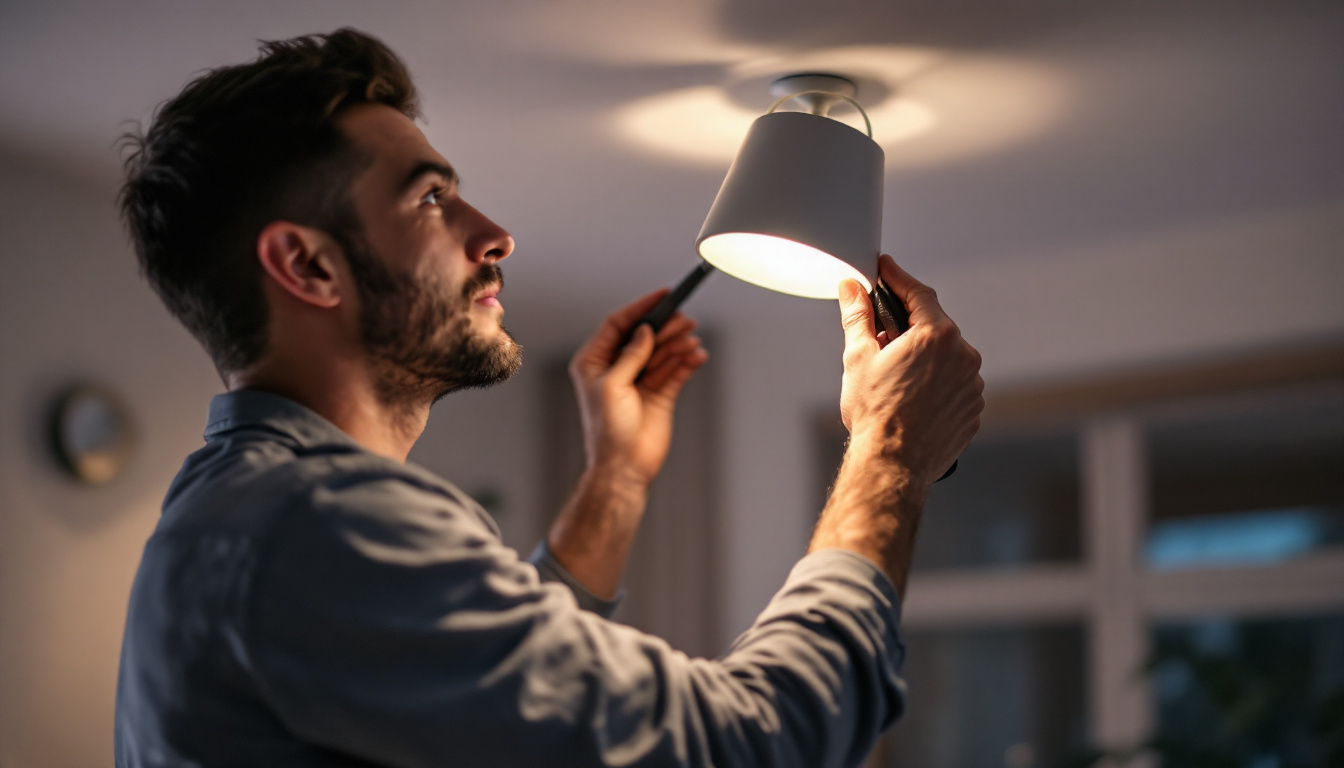
Discover why can light fixtures are essential tools for lighting contractors.